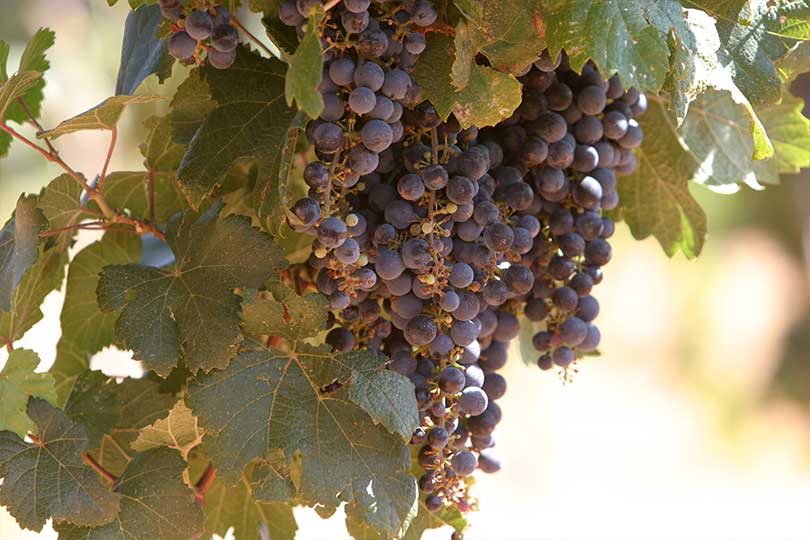Despite frost concerns earlier this year, Texas vineyards are expected to have a banner season, according to Texas A&M AgriLife Extension Service Fruit Specialist Jim Kamas.
He said vigilance among growers and disease control kept grapes clean after spring rains created conditions for disease.
“The high rainfall early meant some producers struggled to keep their grapes clean, and then the hot, dry weather set in and conditions were good,” Kamas said. “The early conditions were just something they had to endure, and most producers know what their weaknesses are.”
Grape harvest is in different stages around the state, according to Kamas.
Gulf Coast wine grapes have been harvested, and Hill Country harvests are wrapping up. Growers in the Gulf Coast reported average yields and good quality, while Hill Country yields were above average and quality was exceptional.
North Texas vineyards avoided frost and have performed well under wetter-than-normal conditions, according to Michael Cook, AgriLife Extension Viticulture program specialist.
Cook said bloom occurred uninterrupted, and the majority of growers are experiencing a large crop of very high quality.
“Winery reports thus far have confirmed healthy crop loads with excellent wet chemistry parameters and very good aromatic potential,” Cook said. “Overall, this year has been a good year for growing grapes in North Texas.”
White grape harvest has started in the High Plains. Kamas noted harvest should continue in the region over the next six to eight weeks.
New growers have expanded vineyard acreage in the High Plains in recent years, according to Kamas. Many young vineyards in the region have produced fruit for the first time.
“There are several hundred acres with young vines that will have quality grapes for the first time,” Kamas said. “There are new growers getting into the game, and as they get it figured out, they’re putting in more blocks of grapes as are numerous experienced growers.”
Kamas said the Texas viticulture market could face lower grape prices due to the rise in acres and quality of grapes.
“We may be entering a phase where we see surplus grapes and less capable growers may find it difficult in that market,” Kamas said. “The quantity and quality of Texas wine grapes is improving. There are more growers and they are becoming increasingly proficient at what they are doing, and therefore, more profitable.”


The elderberry plant has a much better flavor for jellies and wines than the grape. In fact some wineries add elderberry to flavor grape wines. The elderberry is higher in antioxidants than blueberries and grapes.
I planted one plant two years ago and have an over abundance of stalks in my back yard. Did up 18 pints of jelly and gave the rest of the berries away. Now I am brewing a fine wine and a rose’.
The wine I made 1.5 years ago is absolutely devine. The flower to the nose is very appealing, the taste is absolutely the finest I have put my lips to.
It is a natural and hard to kill, hardy in our Texas weather.A must google to read up on this fine plant, used for thousands of years in the old country.